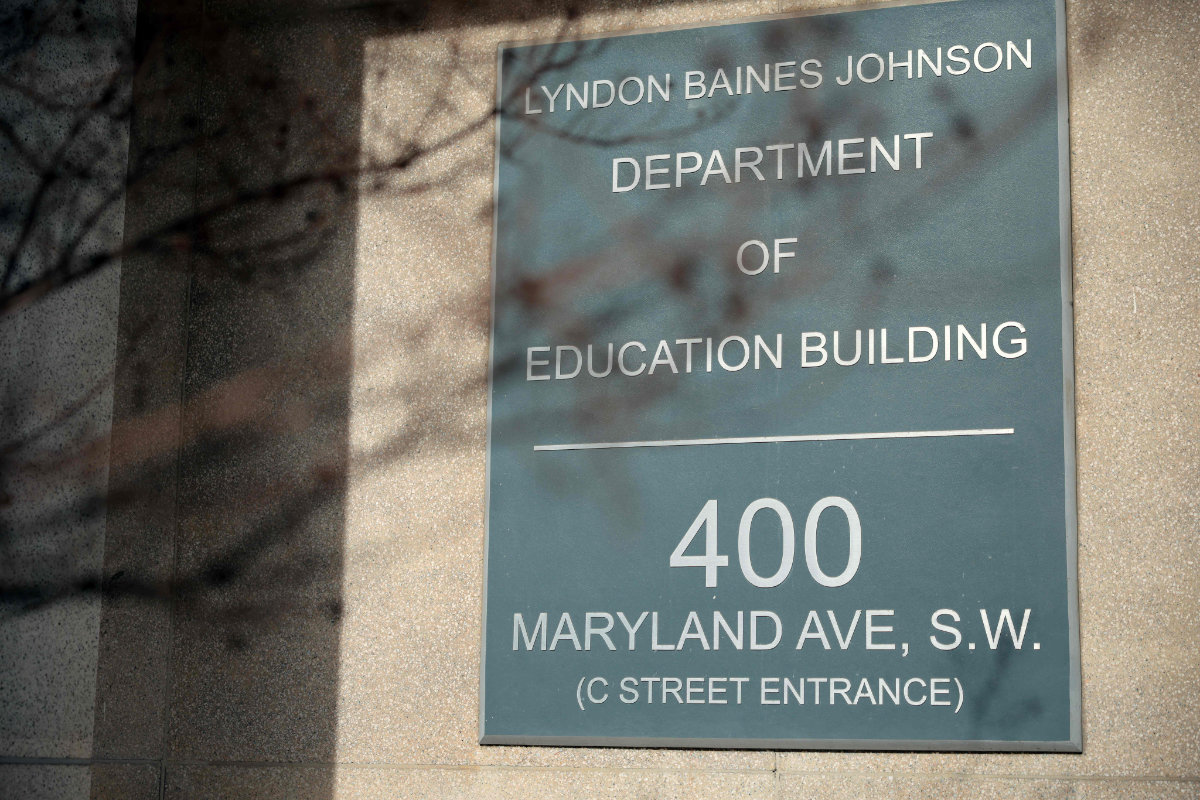SEOUL: Russian Defense Minister Andrei Belousov arrived in North Korea on Friday for talks with North Korean military and political leaders as the countries deepen their cooperation over Russia’s war in Ukraine.
In announcing the visit, Russia’s Defense Ministry didn’t say whom Belousov would meet or the purpose of the talks. North Korean state media didn’t immediately confirm the visit.
Belousov, a former economist, replaced Sergei Shoigu as defense minister in May after Russian President Vladimir Putin started a fifth term in power.
Photos released by the Defense Ministry showed Belousov walking alongside North Korean Defense Minister No Kwang Chol on a red carpet at a Pyongyang airport. North Korean military officials were seen clapping under a banner that read, “Complete support and solidarity with the fighting Russian army and people.”
Belousov noted after his arrival that military cooperation between the countries is expanding. He applauded a strategic partnership agreement signed by Putin and North Korean leader Kim Jong Un following their June meeting in Pyongyang, which he said is aimed at reducing tensions by maintaining a “balance of power” in the region and lowering the risk of war, including with nuclear weapons.
The June meeting demonstrated the “highest level of mutual trust” between the leaders, Belousov said, and “also the mutual desire of our countries to further expand mutually beneficial cooperation in a complex international environment.”
North Korean Defense Minister No also praised the expanding cooperation between the countries’ militaries and reiterated North Korea’s support for Russia’s war in Ukraine, describing it as a “just struggle to protect the country’s sovereign rights and security interests.”
The visit comes days after South Korean President Yoon Suk Yeol met with a Ukrainian delegation led by Defense Minister Rustem Umerov in the South Korean capital, Seoul, and called for the two countries to formulate countermeasures in response to North Korea’s dispatch of thousands of troops to Russia to help its fight against Ukraine.
Kim in recent months has prioritized relations with Russia as he tries to break out of isolation and strengthen his international footing, embracing the idea of a “new Cold War.”
The United States and its allies have said North Korea has sent more than 10,000 soldiers to Russia in recent weeks and that some of those troops were engaging in combat.
North Korea has also been accused of supplying artillery systems, missiles and other military equipment to Russia that may help Putin further extend an almost three-year war. There are also concerns in Seoul that North Korea, in exchange for its troops and arms supplies, could receive Russian technology transfers that could improve its nuclear weapons and missile programs.
“The Russian defense minister doesn’t visit North Korea just to celebrate bilateral ties,” said Leif-Eric Easley, a professor at Ewha University in Seoul. “This visit indicates Putin and Kim’s military cooperation in violation of international law is about to increase further.”
Yoon’s national security adviser, Shin Wonsik, said in a TV interview last week that Seoul believes that Russia has provided air defense missile systems to North Korea in exchange for sending its troops.
Shin said Russia also appears to have given economic assistance to North Korea and various military technologies, including those needed for the North’s efforts to build a reliable space-based surveillance system, which Kim has stressed is crucial for enhancing the threat of nuclear-capable missiles targeting South Korea. Shin didn’t say whether Russia has already transferred sensitive nuclear weapons and ballistic missile technologies to North Korea.
Yoon’s office hasn’t said whether the two governments discussed the possibility of South Korea supplying weapons to Ukraine in his talks with Umerov.
Since Russia’s full-scale invasion of Ukraine in 2022, South Korea has joined US-led sanctions against Moscow and provided humanitarian and financial support to Kyiv. But it has avoided directly supplying arms, citing a longstanding policy of not giving lethal weapons to countries actively engaged in conflicts.
Yoon has said his government will take phased countermeasures, linking the level of its response to the degree of Russian-North Korean cooperation.
It wasn’t immediately clear whether Belousov will meet with Kim, the North Korean leader. Last year, Kim hosted a Russian delegation led by then-Defense Minister Shoigu and gave him a personal tour of a North Korean arms exhibition, in what outside critics likened to a sales pitch.
That event came weeks before Kim traveled to Russia for talks with Putin which sped up military cooperation between the countries. During another meeting in Pyongyang in June this year, Kim and Putin signed a pact stipulating mutual military assistance if either country is attacked, in what was considered the two countries’ biggest defense deal since the end of the Cold War.
The Russian report about Belousov’s visit came as South Korea scrambled fighter jets to repel six Russian and five Chinese warplanes that temporarily entered the country’s air defense identification zone around its eastern and southern seas, according to the South’s Joint Chiefs of Staff. It said the Russian and Chinese planes did not breach South Korea’s territorial airspace.
South Korea’s Defense Ministry said it held telephone calls with Chinese and Russian defense attaches based in Seoul to protest the flights and urge the countries to prevent recurrences.
Russian defense minister visits North Korea for talks with military and political leaders
https://arab.news/2rhcc
Russian defense minister visits North Korea for talks with military and political leaders

- Andrei Belousov noted after his arrival that military cooperation between the countries is expanding
- North Korean leader Kim Jong Un in recent months has prioritized relations with Russia































